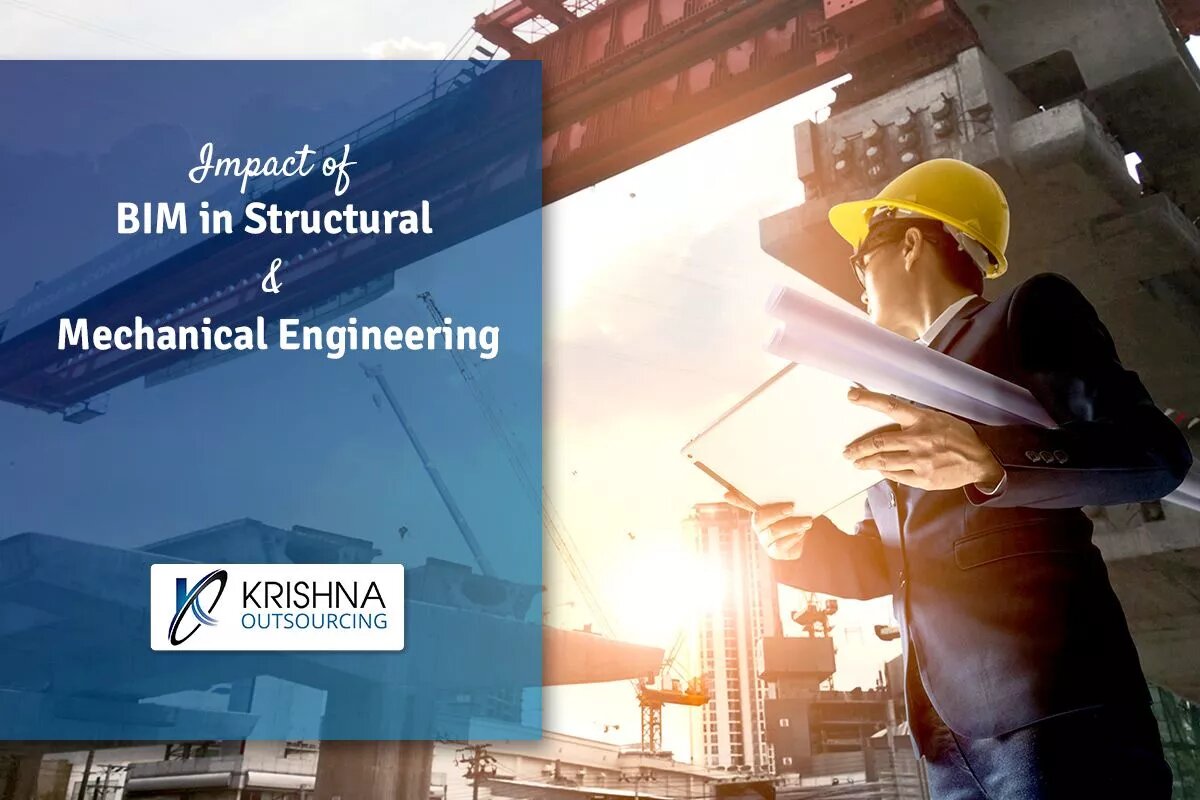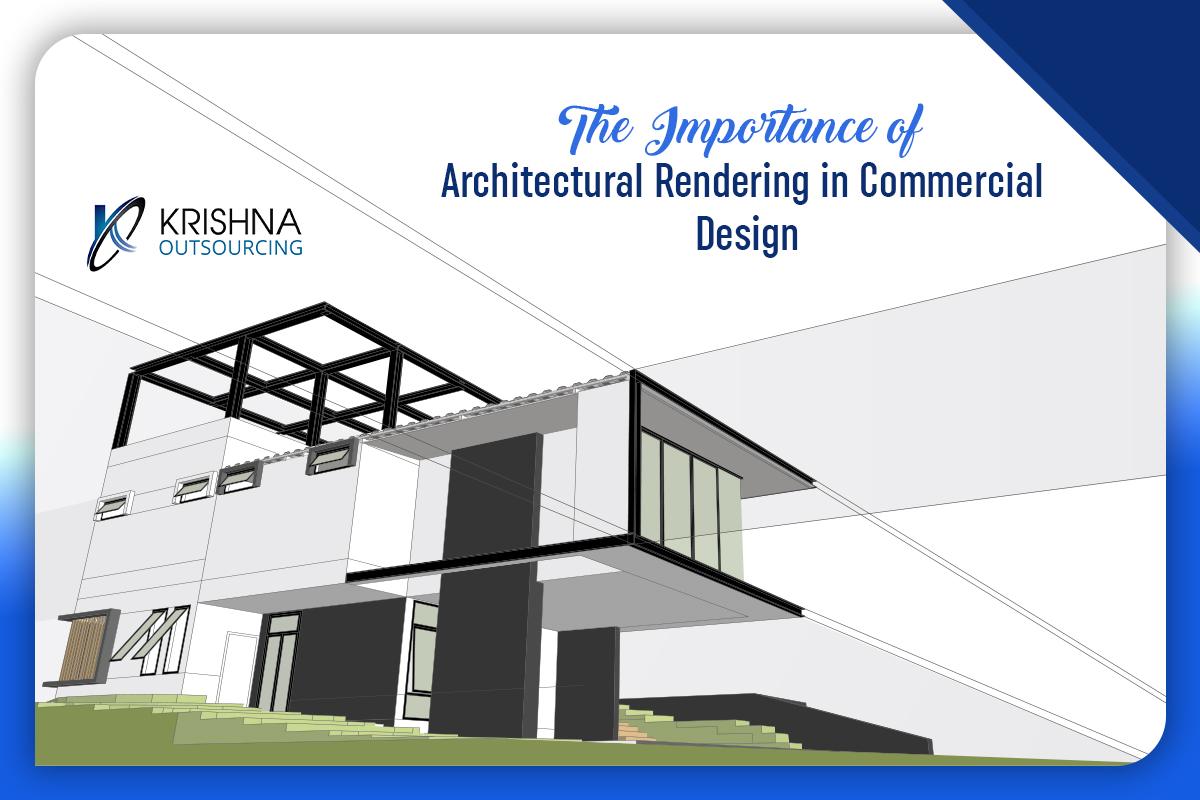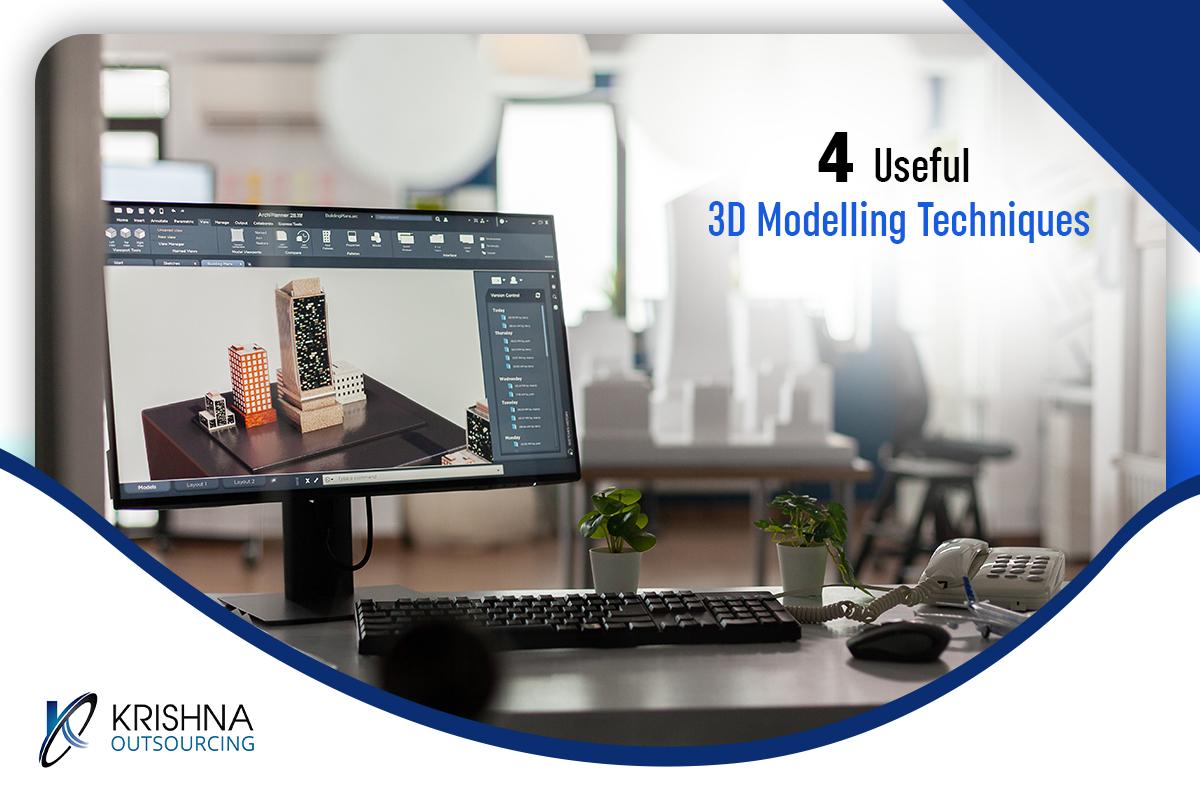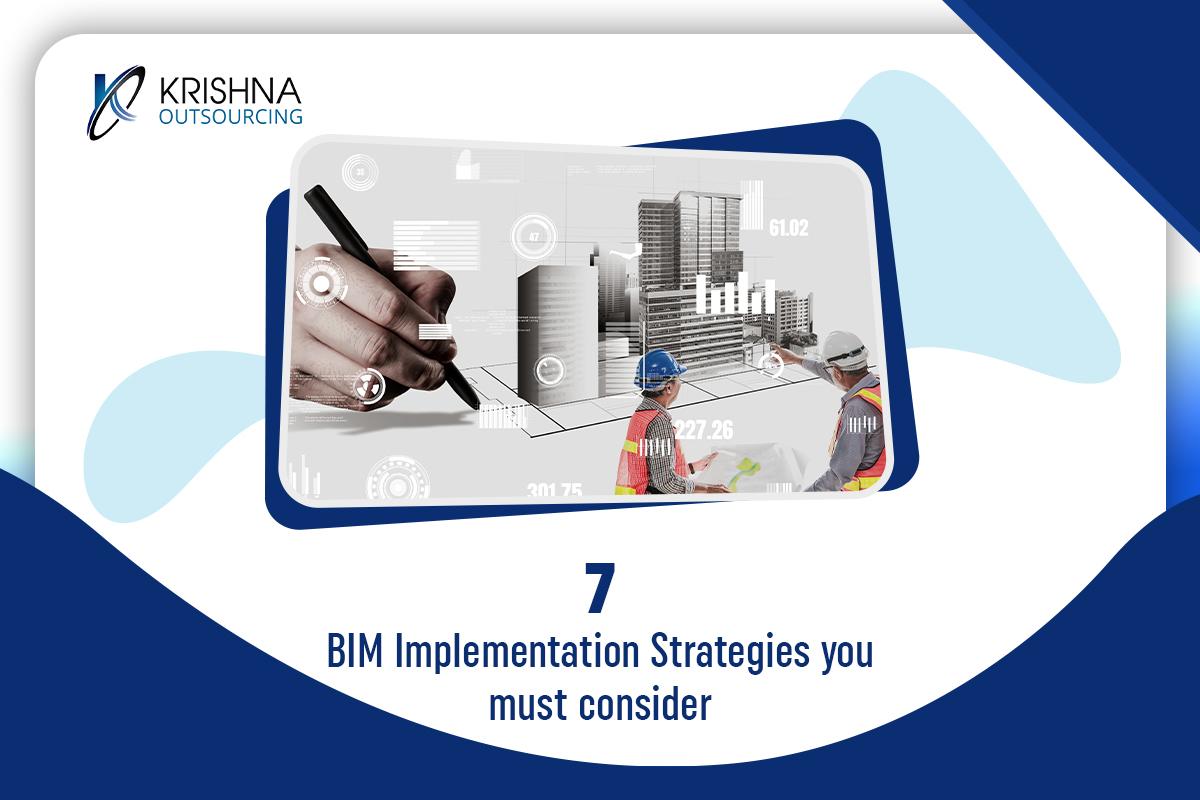
From project conception to delivery, operations, and eventual decommissioning, mechanical and structural engineering companies play a critical role in infrastructure life cycles. Engineers rely on precise data at every level of the process to enable multidisciplinary decision-making and inform operations. The civil/structural environment has been transformed by BIM, which helps engineers with turnkey project planning, design, construction, ownership, and maintenance.
All organizations involved with the process, design, and construction of buildings have prioritized BIM (Building Information Modeling). BIM is rapidly transitioning from a niche technology-based paradigm to the foundation for addressing many of the industry’s flaws, such as quality, cooperation, communication, and productivity.
Although engineers play a vital role in varieties of projects, BIM for has progressed infrastructure into ‘Better Information Management’ across the life cycle, with a greater emphasis on project orientation to provide information to support asset management and being smart about information extraction through maintenance and operation.
The techniques and approaches linked with BIM, and also how implementing BIM would improve your role and the types of tools that support the project lifecycle, are listed below:
1. 3D Representation:
An engineering model is made up of a geometric representation and a set of material attributes. These are determined and verified through analytical models.
By adding scheduling information against objects in the model and linking it to the analytical model, modeling in 3D closes a loop.
2. Ease of access:
Tablets and smartphones eliminate the need to haul around heavy paper designs and fill out detailed papers on the job. A device that is connected to the Common Data Framework can read and save data in the central database almost instantly. Quality assurance, risk assessments, and material records can all be supplied quickly, and managers can keep an eye on the procedures in real-time to make sure they’re being followed correctly.
3. Exchange of information:
Nobody likes to spend the final days of a project filling out documentation, sending it to a customer, and manually updating asset management systems. When adopting a BIM technique, which entails adding to a basic design model during detailed design and construction with inbuilt quality checks, the handover procedure for the health and safety file is significantly smoother through digital information exchange.
4. LIDAR:
LIDAR, which combines laser scanning with precise photography to build a 3D point cloud, provides a far more detailed representation of the real world than a traditional topographic survey, reducing the need for exploratory site visits. Despite the fact that the Scan-to-BIM architectural bim services technique produces realistic 3D BIM models from the point cloud, the point cloud is frequently sufficient as a contextual tool without the need for human conversion.
5. Detection of Conflicts:
Each profession creates and manages its own 3D model in BIM Level 2. The conflict detection technology ensures that the various models are synced during development to prevent any complications. It’s also possible to detect ‘soft collisions,’ these are situations in which there isn’t a physical clash but where the proximity of interface components could cause a problem during maintenance.
By 2050, the world’s population is predicted to reach 9.7 billion people, according to the United Nations. The global AEC business must seek intelligent, productive, and sophisticated ways to design and build not only to keep up with global demand but also to help develop smarter and more flexible offices.
Structural engineering design solutions provide high-quality engineering consulting services for residential and commercial construction projects. Our trained and experienced engineers have extensive mechanical and structural design experience.
For further queries contact: +91 8460220396







